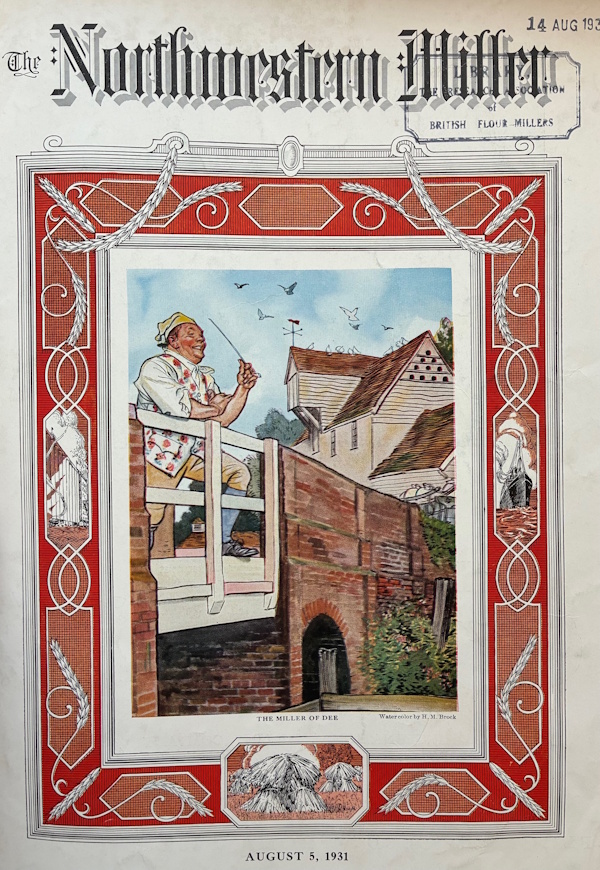
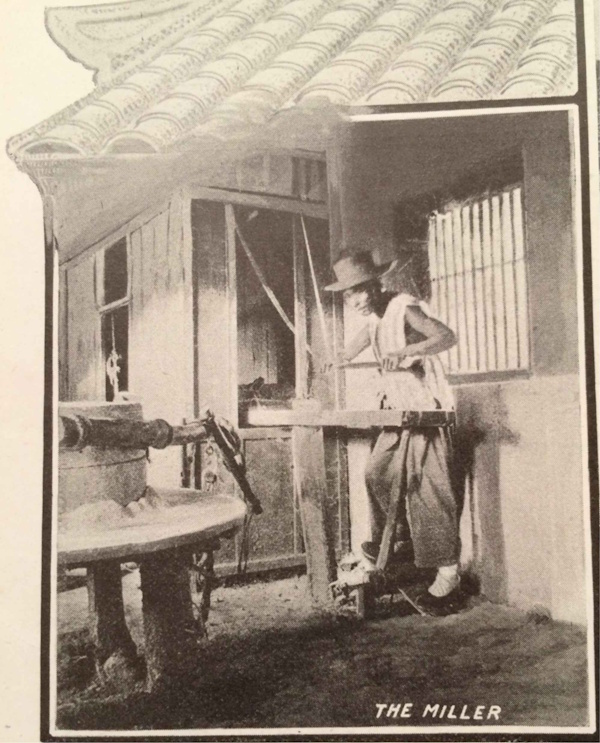

The Northwestern Miller journal was published from 1880 to 1973. Alongside the colourful covers which featured themes such as food...
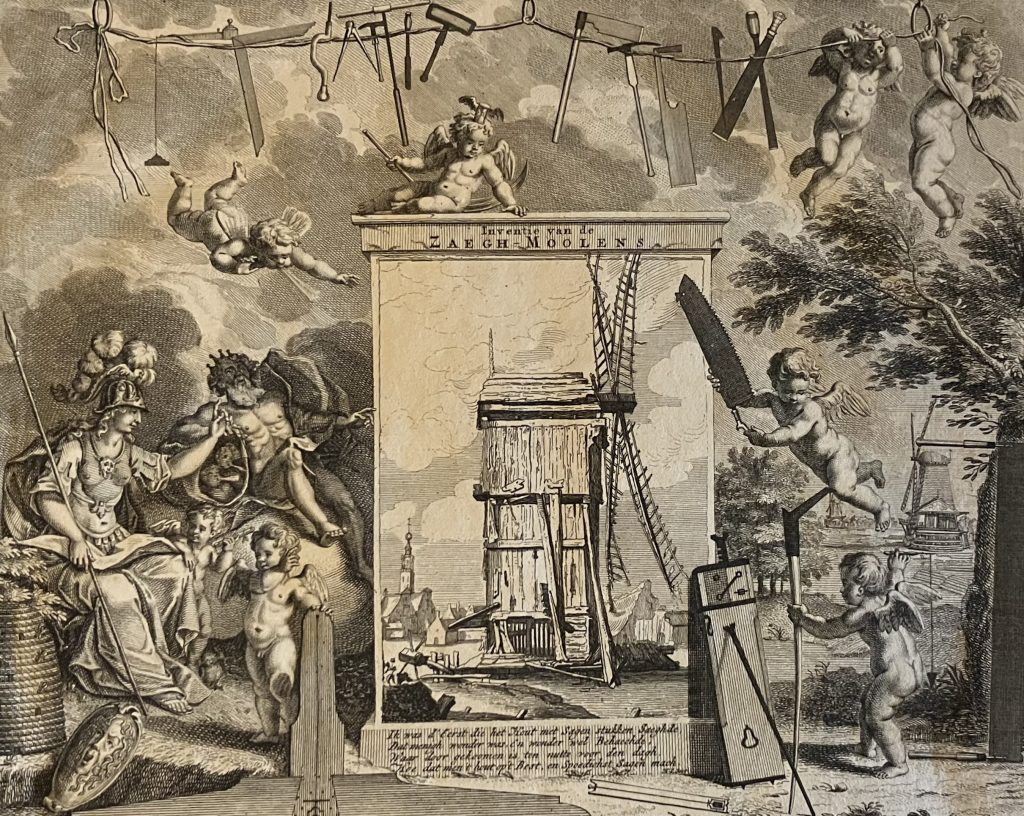
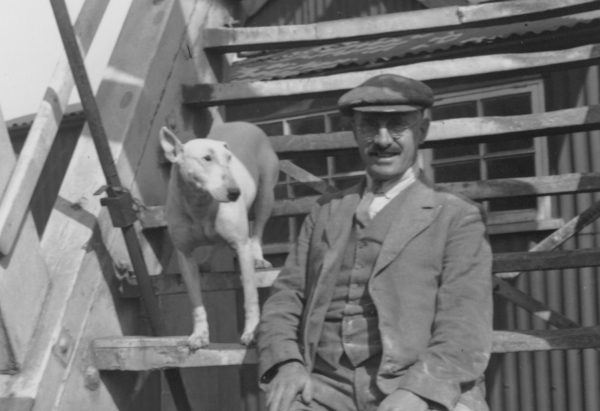
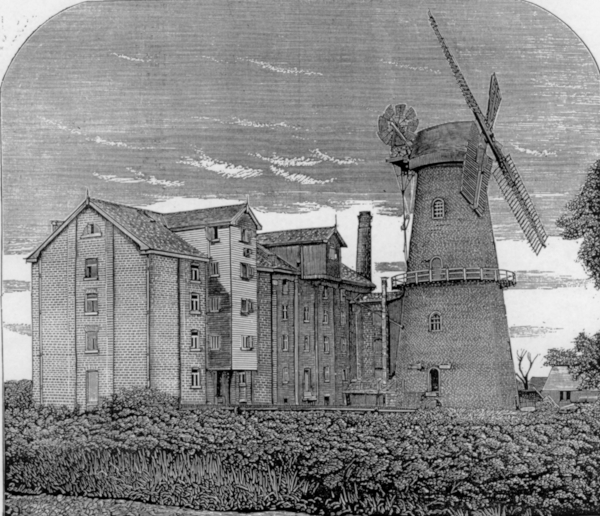

During my research at the Mills Archive, I often encounter records of successful country mills from the early 20th century....
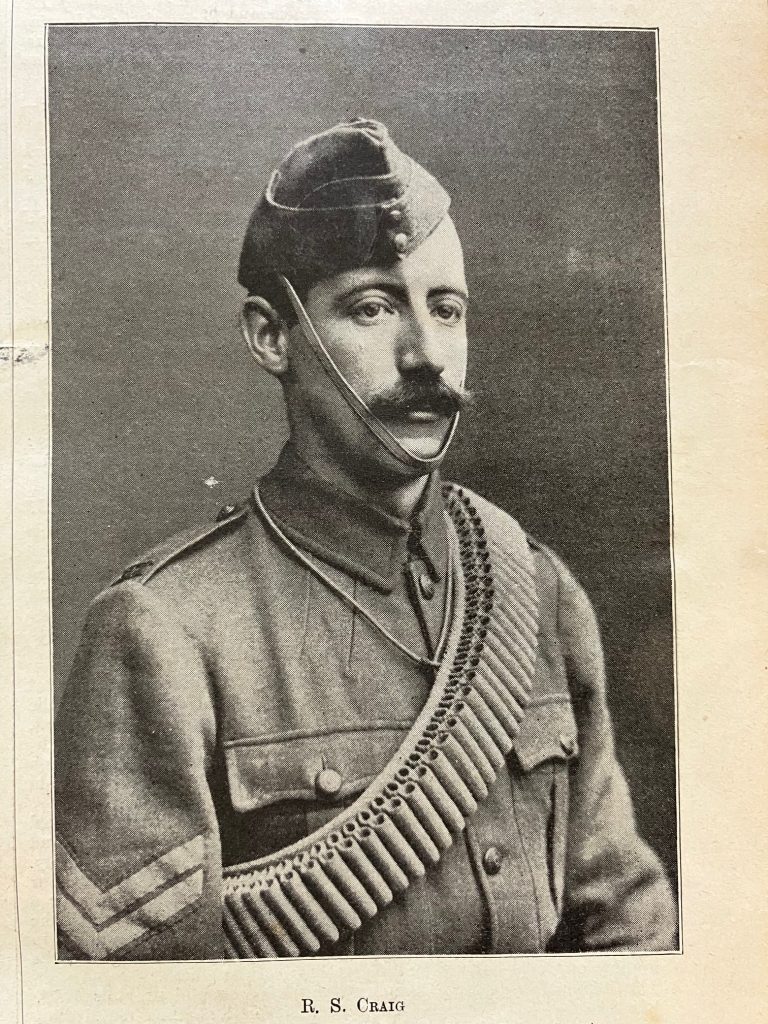
The Second Anglo-Boer War began on 11 October 1899. The war between the British Empire and the Boer republics was...

I doubt that many people have ever heard the name Judson Moss Bemis or his brother Stephen, who would introduce...
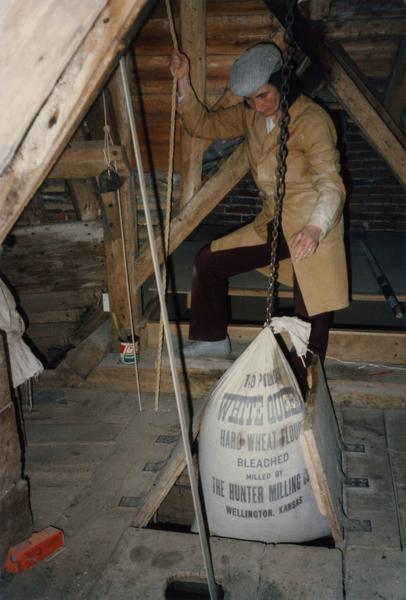
This blog is based on several oral history interviews with our founder Mildred Cookson about her time as the miller...
Catgerories